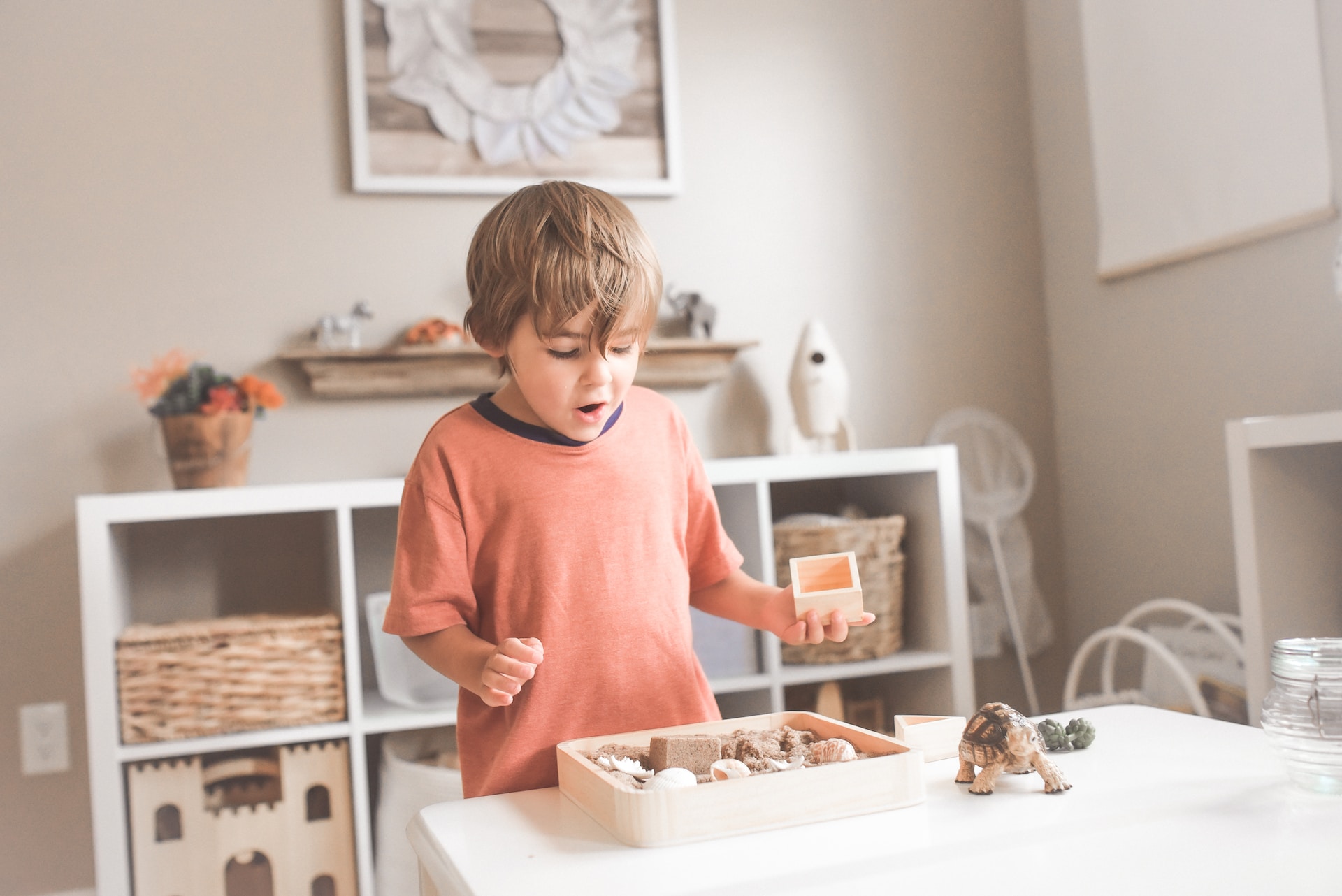The Impact of Child-Friendly Furniture on Development and Safety
Furniture plays a pivotal role in a child’s environment, affecting both their safety and development. It’s crucial to choose pieces that not only ensure safety but also facilitate growth and exploration. In this article, we’ll explore the significance of child-friendly furniture and offer recommendations for creating a conducive space for children.
Importance of Child-Friendly Furniture
Child-friendly furniture goes beyond safety measures. It encompasses designs and functionalities that cater to a child’s needs, promoting healthy development and safety simultaneously.
Factors to Consider in Child-Friendly Furniture
1. Ergonomics and Comfort: Furniture designed with ergonomic principles ensures comfort, promoting healthy posture and minimizing discomfort.
2. Durability and Materials: Opt for durable, non-toxic materials that are easy to clean and free from hazardous substances.
3. Versatility and Adaptability: Furniture that can grow with the child or adapt to various needs ensures longevity and utility.
Impact on Child Development
Child-friendly furniture can significantly influence a child’s development:
- Cognitive Development: Furniture designed to encourage exploration and creativity can aid cognitive development.
- Motor Skills: Properly sized and designed furniture allows children to practice motor skills and develop spatial awareness.
- Emotional Well-being: A welcoming, safe environment fosters emotional security and a sense of independence in children.
Recommendations for Choosing Child-Friendly Furniture
Multi-Functional Pieces
Select furniture that serves multiple purposes. For instance, a convertible crib that can transform into a toddler bed or a desk that doubles as a storage unit offers practicality and longevity.
Safety Measures
Ensure that furniture adheres to safety standards, featuring rounded edges, non-toxic finishes, and sturdy construction. Anti-tip brackets and secure fastening mechanisms are essential to prevent accidents.
Interactive and Educational Designs
Opt for furniture that encourages engagement and learning. Items like activity tables or creative storage solutions stimulate children’s curiosity and learning experiences.
Adaptable Solutions
Invest in furniture that can adapt to a child’s evolving needs. For instance, adjustable-height desks and chairs cater to growing children, ensuring long-term usability.
Conclusion
The significance of child-friendly furniture goes beyond safety; it influences a child’s growth, development, and well-being. Investing in furniture that aligns with these principles fosters a nurturing environment for children to flourish.
Designing a Safe and Stimulating Space for Children: Furniture Recommendations
Creating a safe and stimulating environment for children involves thoughtful consideration of furniture and its placement. To ensure both safety and engagement, certain recommendations can be followed in designing a child’s space.
Flexible Arrangements
Create a flexible space that adapts to various activities. Using multifunctional furniture and movable fixtures allows for easy reconfiguration, facilitating different play and learning experiences.
Age-Appropriate Design
Choose furniture that is suitable for a child’s age. This includes height-appropriate tables, chairs, and storage units, minimizing the risk of accidents and promoting independence.
Soft and Safe Surfaces
Consider using soft surfaces, such as rugs or foam mats, to cushion falls and reduce injury risks.
Child-Centric Spaces
Designate specific areas for different activities. A reading nook, play zone, and study area can encourage discipline and engagement in specific tasks.
Conclusion
Designing a space that is both safe and stimulating for children involves a blend of thoughtful furniture selection and space planning. Following these recommendations will ensure an environment that fosters safety, creativity, and learning.

